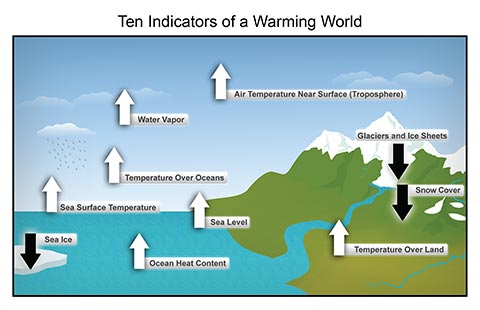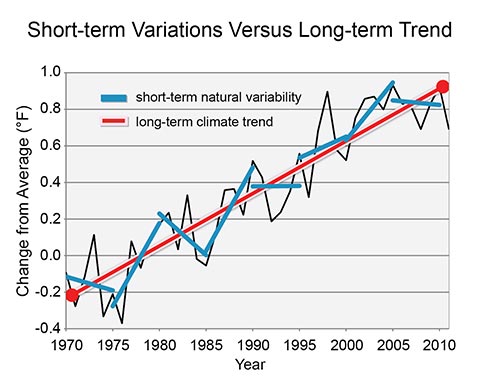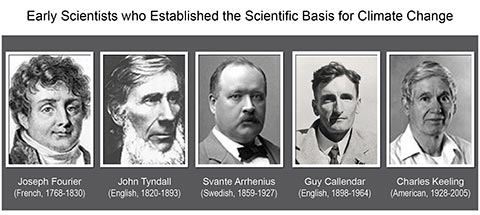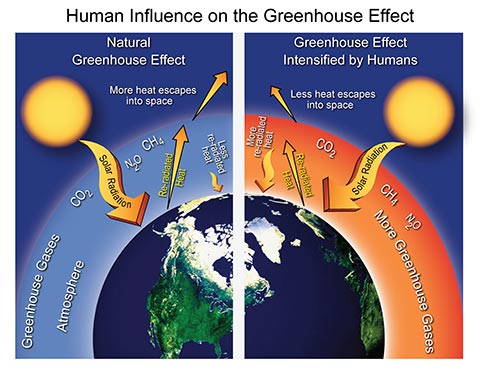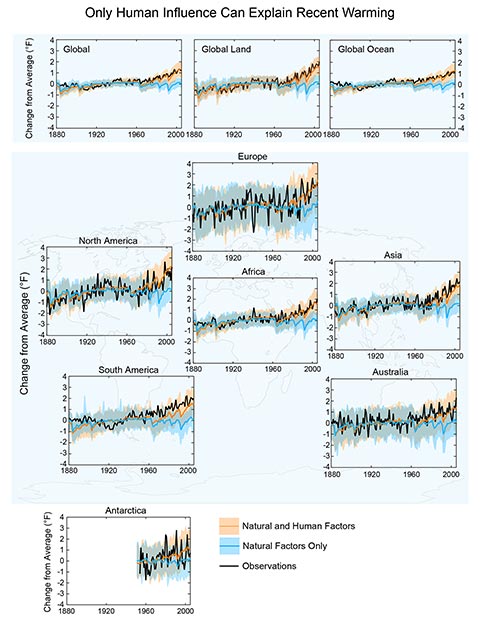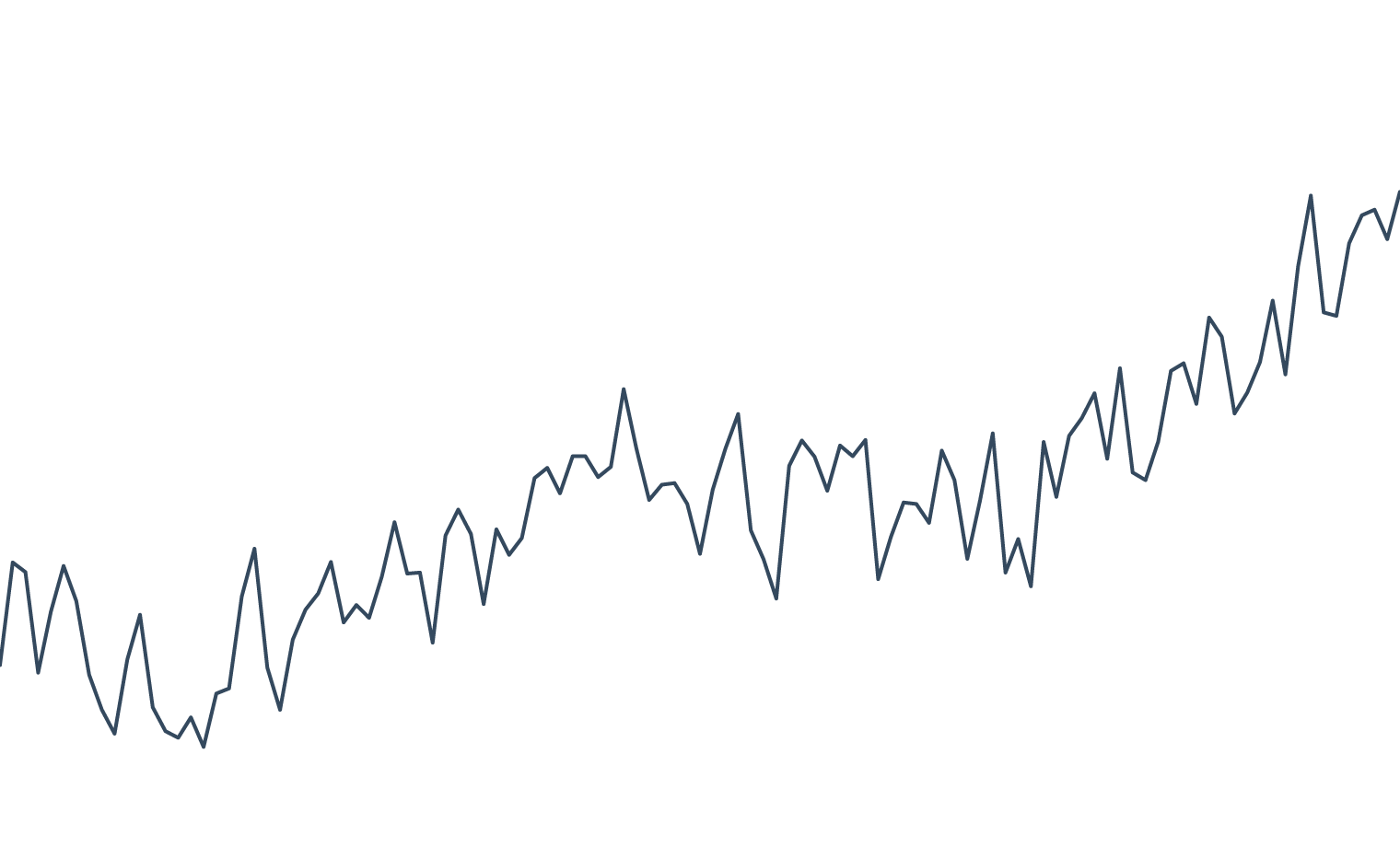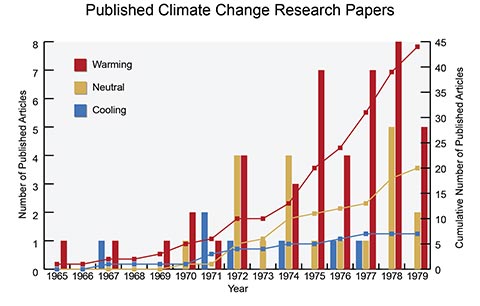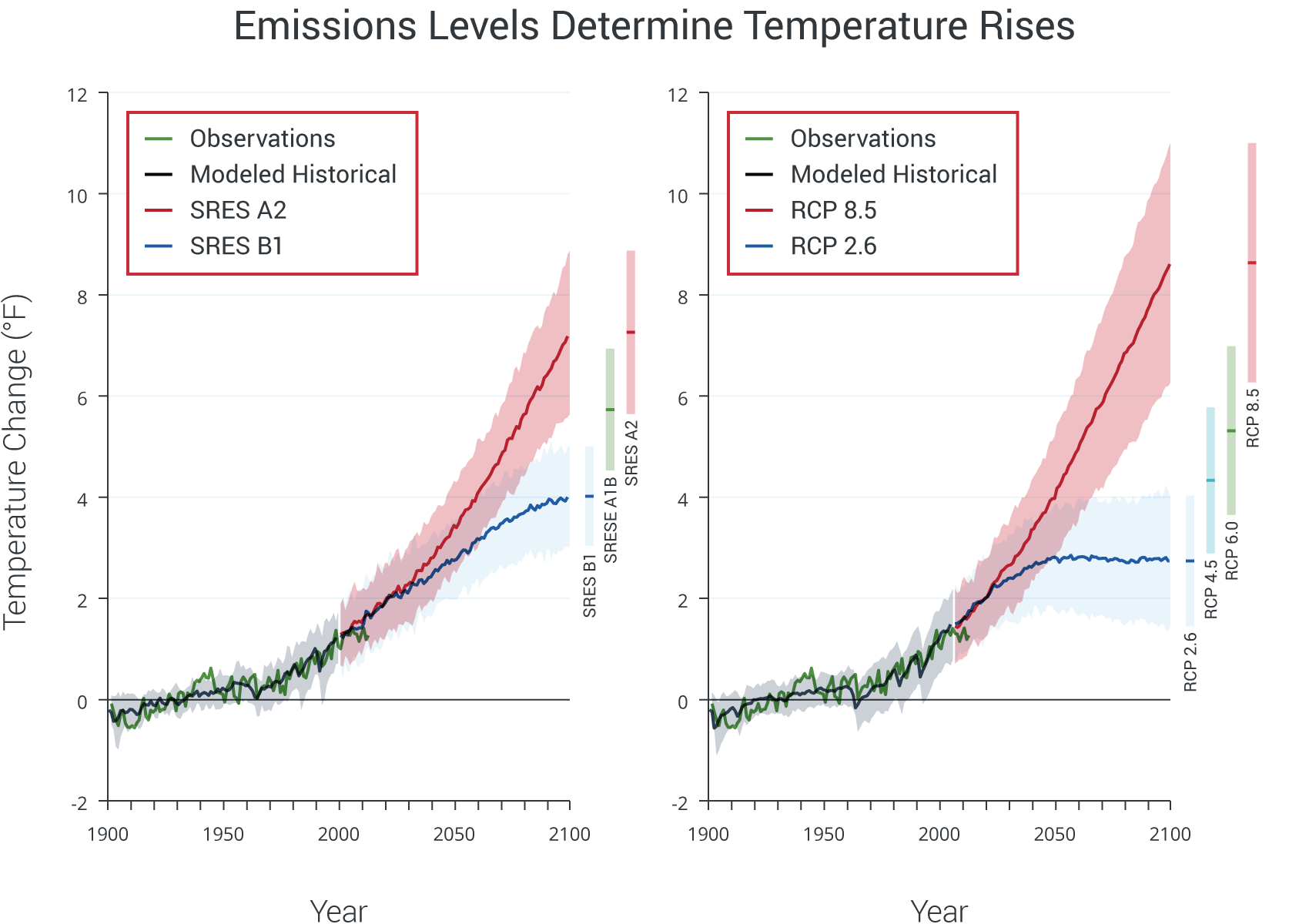Introduction
This section answers some frequently asked questions about climate change. The questions addressed range from those purely related to the science of climate change to those that extend to some of the issues being faced in consideration of mitigation and adaptation measures. The author team selected these questions based on those often asked in presentations to the public. The answers are based on peer-reviewed science and assessments and have been confirmed by multiple analyses.














